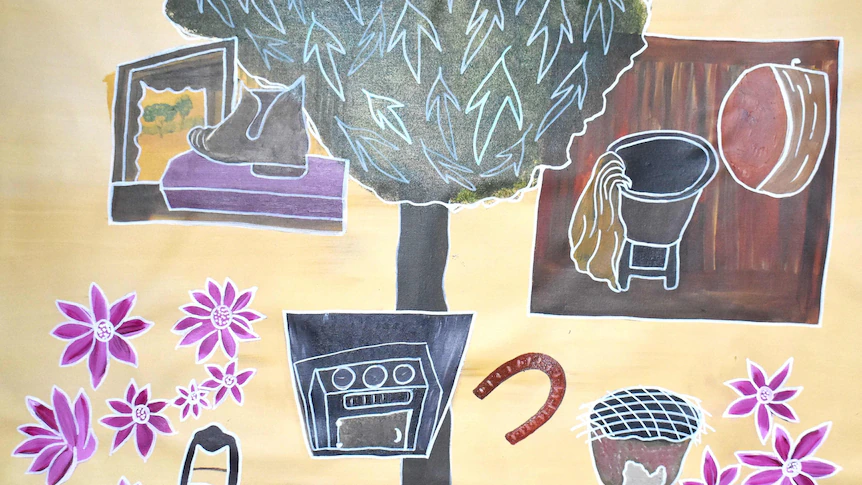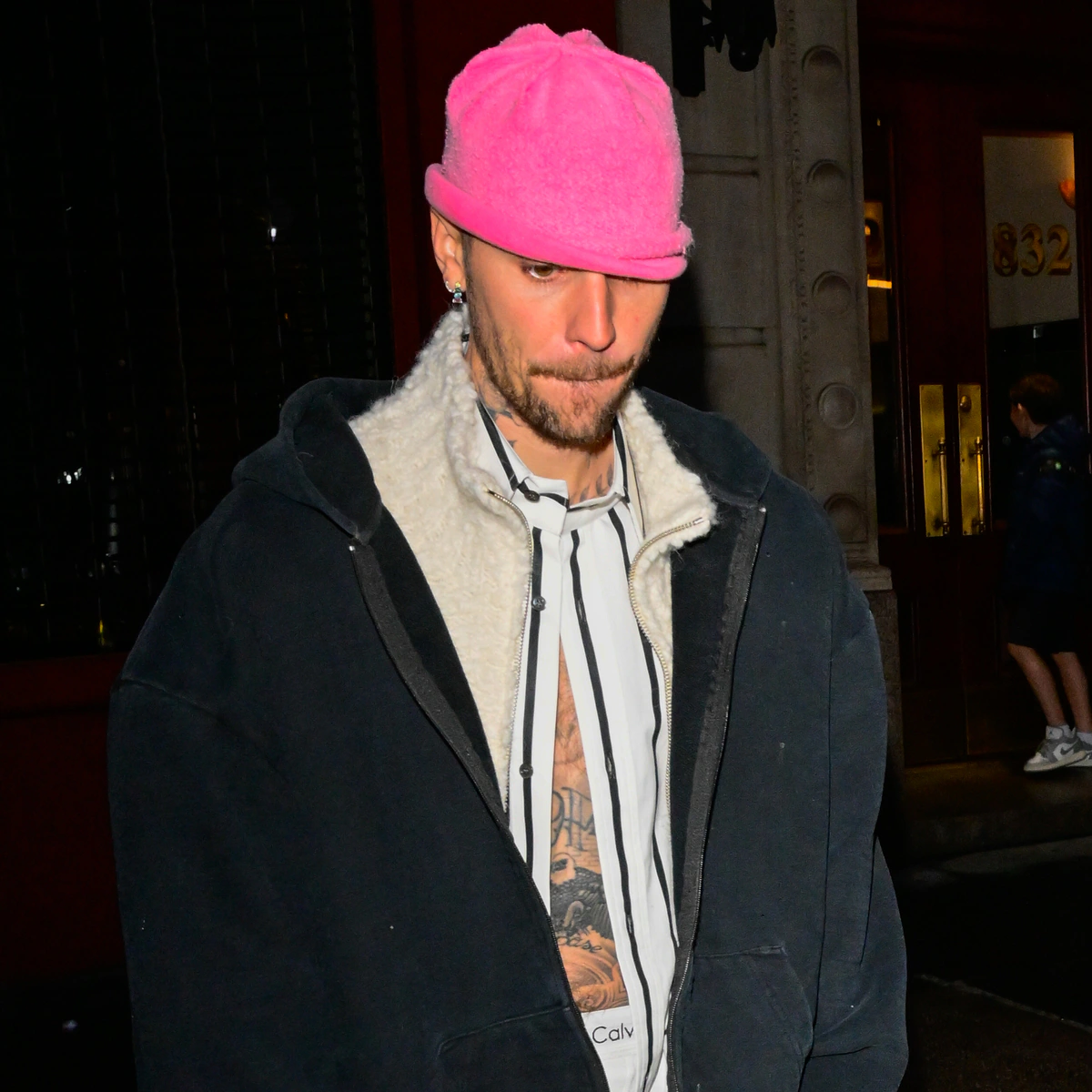By Emma Siossian
Copyright abc

The night before her father, Paul White, died at home in northern New South Wales, artist Vicki White captured an image of his bare feet, tangled in the sheets of his bed.
It was April 2024, the 84-year-old was terminally ill with cancer and Ms White was by his bedside at her childhood home at Taree with her family.
Mr White had been sick for more than five years with cancer.
“Dad was peacefully asleep… and one sister whispered to me, ‘Look at Dad’s feet. It looks like one of your paintings’ … and I leant over and took a photo,” she said.
Ms White said another sister came up with the title for the image, which reflected that her dad was “Tethered to Earth” for one final night.
Ms White said her dad’s final hours were challenging and emotional, before he died peacefully the next day.
The photo came to symbolise a powerful moment in the family’s palliative care journey.
“We were holding Dad … he was responding to our voices, and we were telling him how much we loved him and that it was OK to go,” she said.
“I didn’t really look at that picture again for a long time because we were all a bit traumatised by that night.”
Months later, Ms White, who lives in Waverley, Sydney, heard about Palliative Care Australia’s Live Well, Die Well national art prize and made the challenging decision to submit the image.
She transformed it into an artistic print, a photopolymer photogravure etching on paper.
“I struggled with putting it out into the public. In a way, I thought it might have been a bit too confronting,” Ms White said.
“My siblings all thought it was a wonderful thing to share the image because we wanted to talk about death and dying.
The piece won the overall art prize and was displayed, along with other category winners and finalists, at the recent Oceanic Palliative Care Conference in Brisbane.
Ms White said the artwork had helped her talk about her dad’s death and move through her grief.
“I am so glad I submitted the image and that I can talk about it now,” she said.
Life and death through art
Palliative Care Australia chief executive, Camilla Rowland, said the art prize was in its fifth year and achieving its aim of sparking important discussions about end-of-life living and care, dying, and grieving.
“Those conversations are inspired often by pieces of visual art,” Ms Rowland said.
Ms Rowland said Voluntary Assisted Dying laws, which began in NSW in late 2023, had encouraged more discussion, but there was still a long way to go.
“We still find many people don’t embark on those conversations until they start to embark on advance care planning for someone in their family,” she said.
End of life return to country
Aboriginal artist Leeann Pedersen entered the art prize to highlight the importance of returning to country for many terminally ill First Nations people.
Her piece titled Going Back to Our First Home won the First Nations Artist category, capturing symbols from homes on the land.
Ms Pederson knows the importance of visiting country first-hand through her job as a Palliative Care Aboriginal Health Liaison worker, based in Geraldton, Western Australia.
“To the sheep stations, cattle stations where their mother and father worked.
“They love seeing the old house they used to live in, and other things they can tell you a story about … stuff that’s still there that brings back a lot of memories for them.”
Ms Pederson said it was something she experienced with her late first husband.
“When my husband didn’t have long to go, he wanted to go bush camping and see all the wildflowers and sit around an old wood stove and have a campfire and tell the kids stories,” she said.



